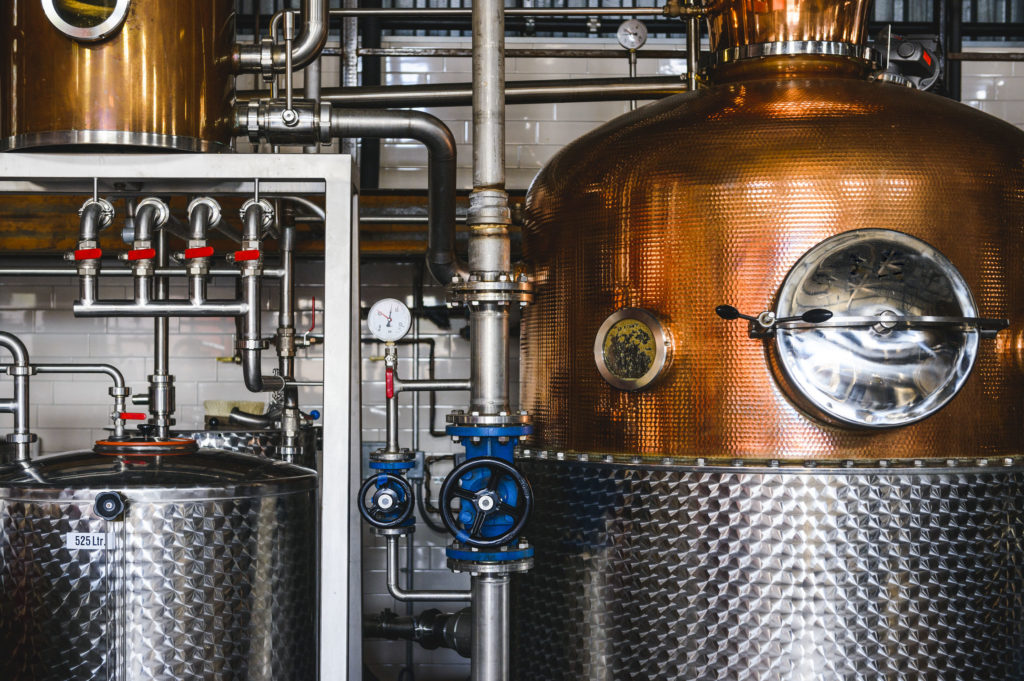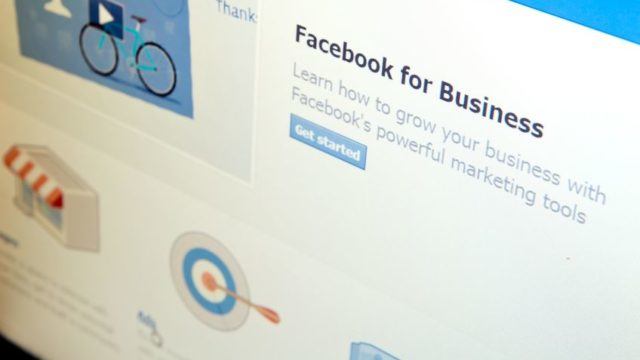Craft brewers and small-scale distilleries rejoice as the the federal excise tax on spirits, wine and beer have been cut under the Craft Beverage Modernization and Tax Reform Act. Currently, the tax cut is only planned to last until 2020, but supporters are hopeful that it will be extended beyond its initial two years. The purpose of this act is to allow producers, especially ones working on a small-scale, to put these savings into the business and grow, ideally creating jobs and boosting local economies.
This law cuts the tax distillers pay per proof gallon of liquor from $13.50 to $2.70 for the first 100,000 gallons produced. Many craft brewers are receiving a 50% cut per barrel – breweries that produce less than two million barrels a year will now be taxed $3.50 per barrel on the first 60,000 barrels produced. According to the Congress’s Joint Committee on Taxation, the cuts will results in $4.2 billion in savings for the industry.
These tax cuts means more disposable income for brewers and distillers across the country. For any business, your disposable income is equal to your reliable revenue minus your expenses. This disposable income can be invested in a variety of ways, but marketing is one of the few that typically ensures more future disposable income.
According to a CMO Survey, marketing is responsible for leading revenue growth at 38.4 percent of companies. Some of the most influential companies in the world, including SalesForce, Oracle and Johnson & Johnson spend more than 20% of revenue on marketing. For most of those, this is more than they spend on research & development, and for a good reason – marketing is one of, if not the most important elements for building a brand.
As many brewers, winemakers and distillers benefit from this tax cut, many will increase their marketing budget in turn. But how much should you spend on marketing with that extra revenue?
Defining an Effective Marketing Budget
Most big and small businesses generally allocate 7-12% of their revenue on marketing. Total revenue being the intake generated before expenses. Basing your marketing budget off a percentage is wise, since you’ll likely want to adjust as you either grow or tread rough patches. Using a percentage of your total revenue helps avoid overspending, while ensuring you’re doing enough to promote and grow your brand for the future.
On the other hand, if you are a very new libations producer, you may not be able to justify allocating a percentage of your revenue to marketing just yet. In this case, a fixed budget may be easier to swallow. When deciding on an amount for a fixed budget, or any budget for that matter, you’ll need to set a few goals. Without goals, you risk wasting budget, yet with some strategic goals in mind, you’ll know exactly where and why your marketing budget is going. A goal could be a simple as growing your social media following, as long as you associate a number a time to it. For a brand new brewery, maybe you want to have 3,000 person Instagram following in three months, building your credibility and recognition.
Another route is to decide on budget based on the ROI those marketing efforts provide. If you have the revenue to do so, and that initial $500 email campaign produced $1000 in sales (a 100% return on investment), consider allocating more budget towards that particular activity. Some activities may not have as obvious ROI, but in general, this is a good tactic to know what works for your business.
If you’re a craft wine, liquor, or beer producer of any size, the new tax reform gives you extra revenue to spend as you please. How will you decide to increase your future revenues with the capital gains?








